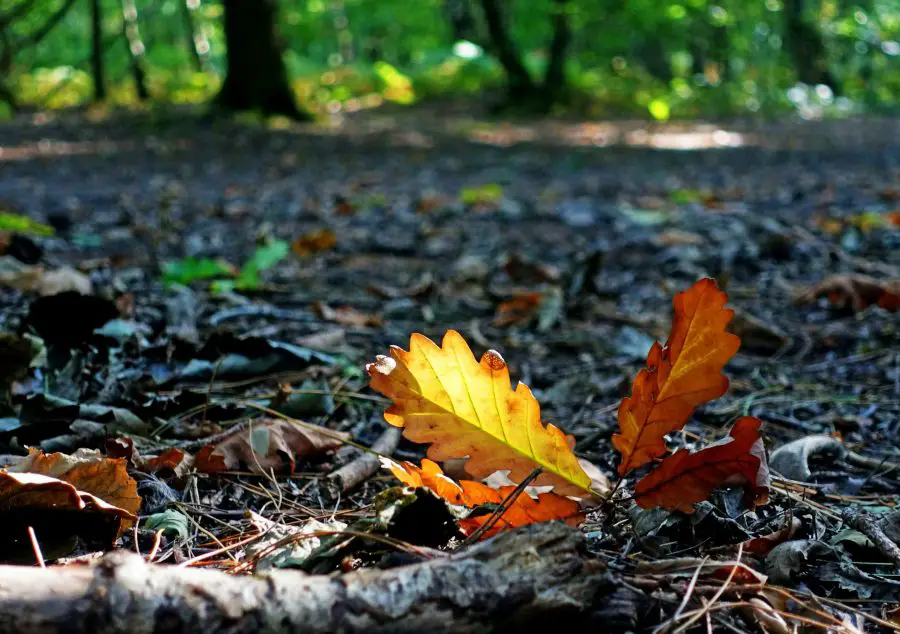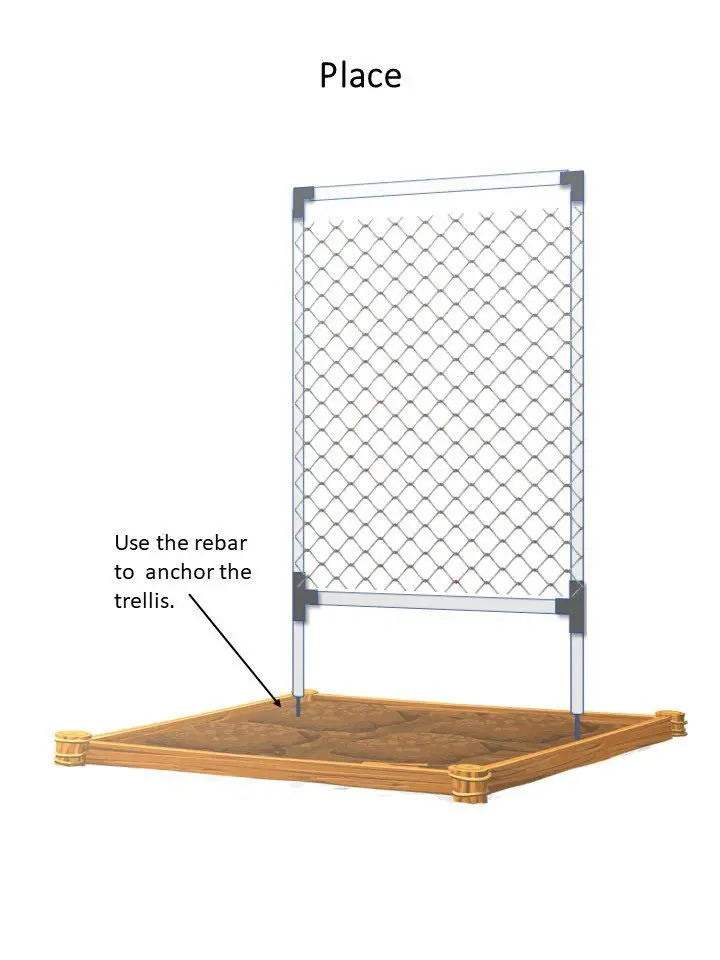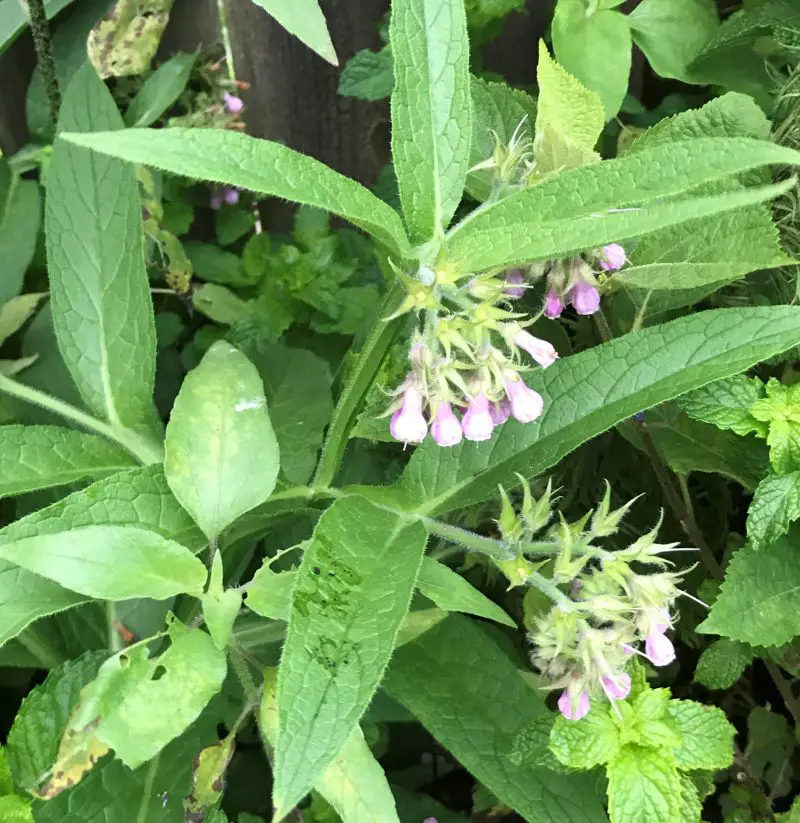The gardening community has its language that might intimidate new gardeners. Here is a helpful list of the essential gardening words any new gardener should know.
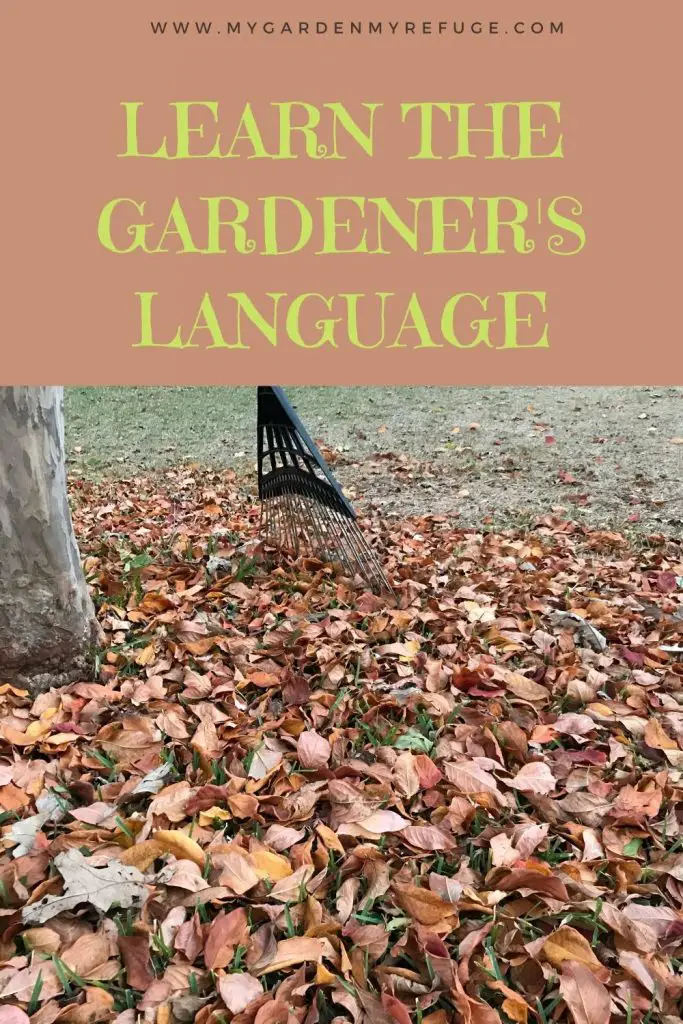
Words related to plant growth
Annuals
They are plants that complete their life cycle in one season. Take the example of a tomato plant. It grows from spring until the first freeze. That makes it an annual. To grow another tomato, you need to start a new plant from seed or cutting.
Bolting
Bolting is another word for flowering. The plant starts bolting or sending a flowering stem to ensure its reproduction.
Biennials
Biennials are plants that complete their life cycle in two seasons. The first season is for foliage development, while the second is for reproduction or flowering.
Buttoning
Buttoning is the term that describes the incomplete development of a cauliflower or broccoli head. It is mainly the result of environmental stresses such as high temperatures.
Cold hardy
The plant is cold-hardy when it can survive a certain degree of low temperatures. For example, a plant with cold hardiness up to 32F (0C) may freeze and look dead, but it will return once the temperatures are up.
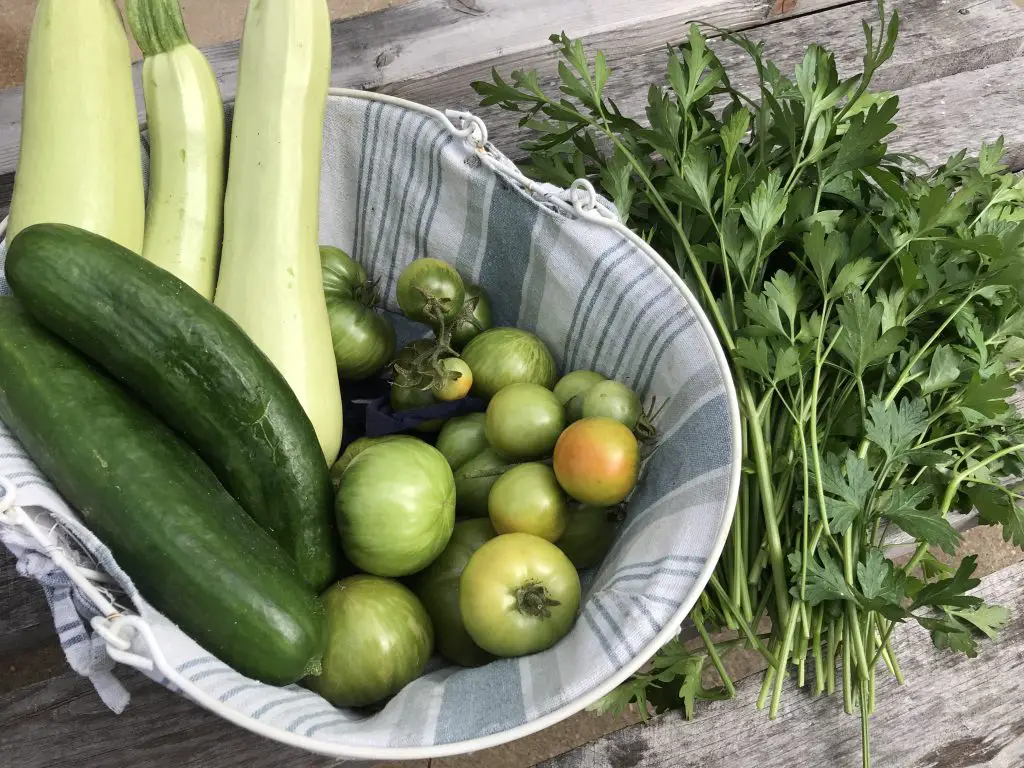
Deadheading
Deadheading is the cutting or pinching off the spent flowers. Most flowering plants require some deadheading to clean them up.
Perennial
Perennials are plants that live for more than one season. They reach the reproduction stage season after another.
Stunted growth
Stunted growth is the term used to describe the poor growth of a given plant.
Sheer back
To sheer back is to cut back a plant, mainly shrubs, to a lower height to promote new growth or clean them up.
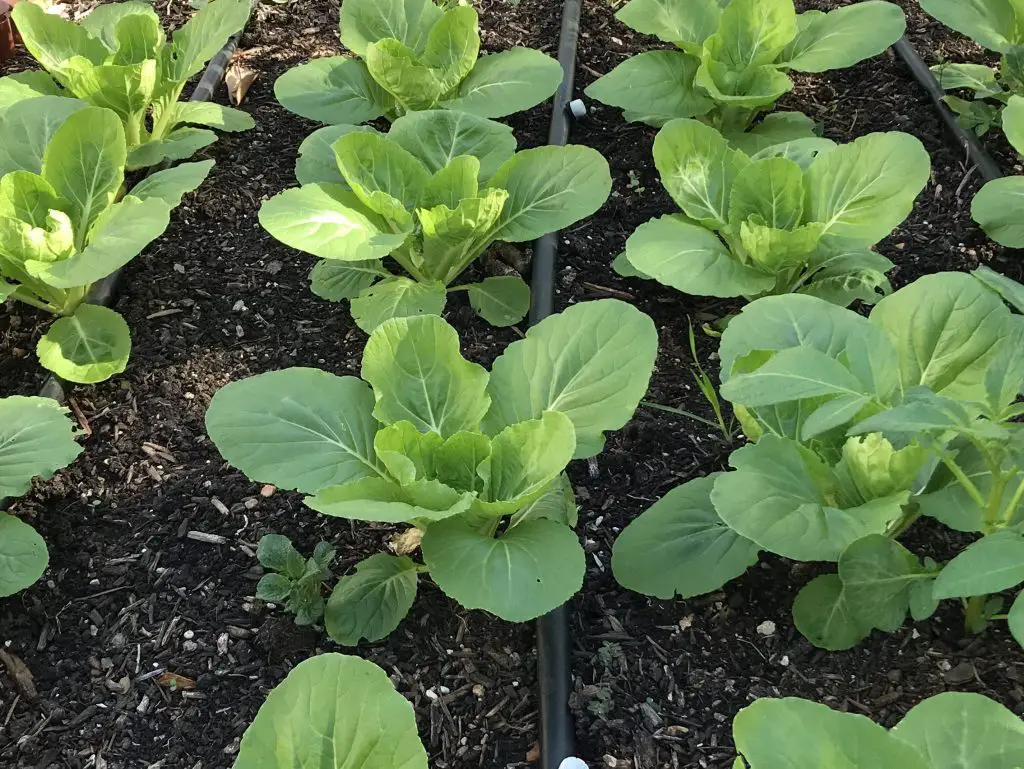
Seed and propagation related words
Cotyledons
Cotyledons are the first set of leaves a plant sends after germinating.
A cutting
A cutting is a piece of a plant branch or a stem used to create a new one.
Germination
Germination is the stage where the seed wakes up from its dormancy and starts life.
Hardening off
Hardening off is the process of introducing seedlings to outdoor elements gradually.
Propagation
Propagation is the cloning or the duplication of a given plant to create a new one by seeds or cuttings.
Scarification
Sometimes the seed coat is too tough and does not absorb water to kick-start the germination. To solve this problem, we need to scratch the seed surface to stimulate and bring it out of dormancy, which is the scarification process.
Sowing
Sowing is the act of planting a seed either straight in the ground or indoors.
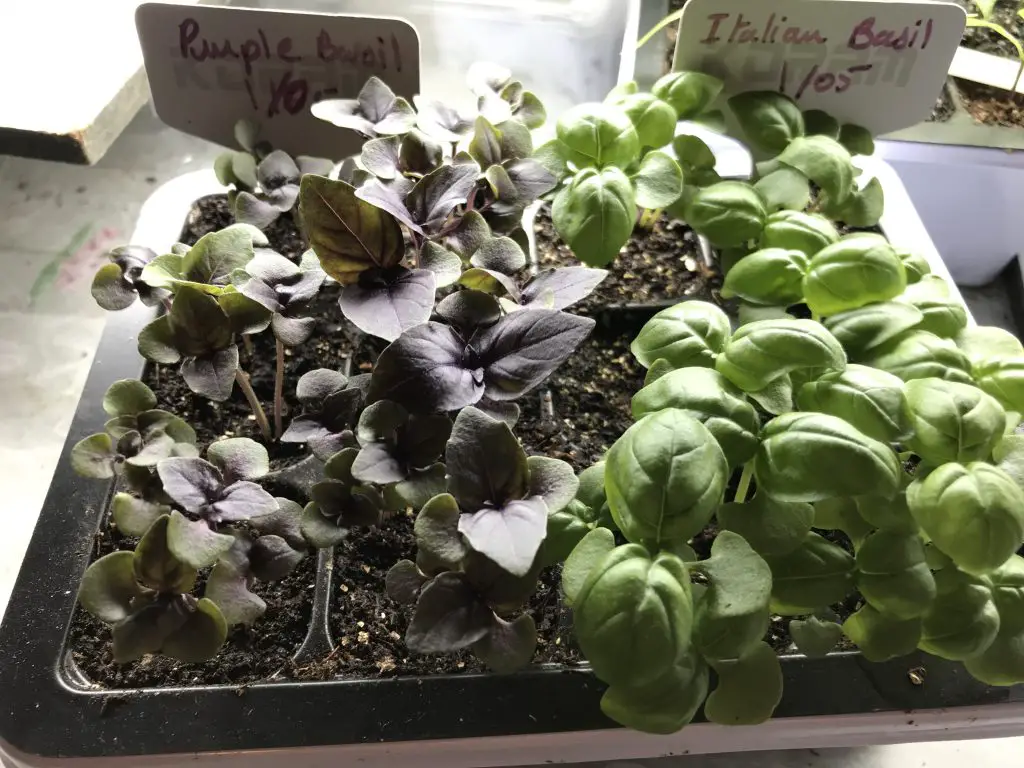
Stratification
Stratification is another way to break a seed’s dormancy by exposing it to alternate cold and warm temperatures, imitating nature’s changing seasons.
Fertilization-related words
Bone meal
It is a high phosphorous fertilizer made of ground animal bones.
Blood meal
It is a powder made of dried animal blood. It is high in nitrogen.
Foliar feed
Foliar feeding is another method of feeding the plants by spraying liquid fertilizer on the foliage.
Fish emulsion
Fish emulsion is an organic fertilizer very common in organic gardening, made of processed fish and fish carcasses.
Heavy feeder
Heavy feeders are plants that require frequent feeding or fertilizing to perform well.
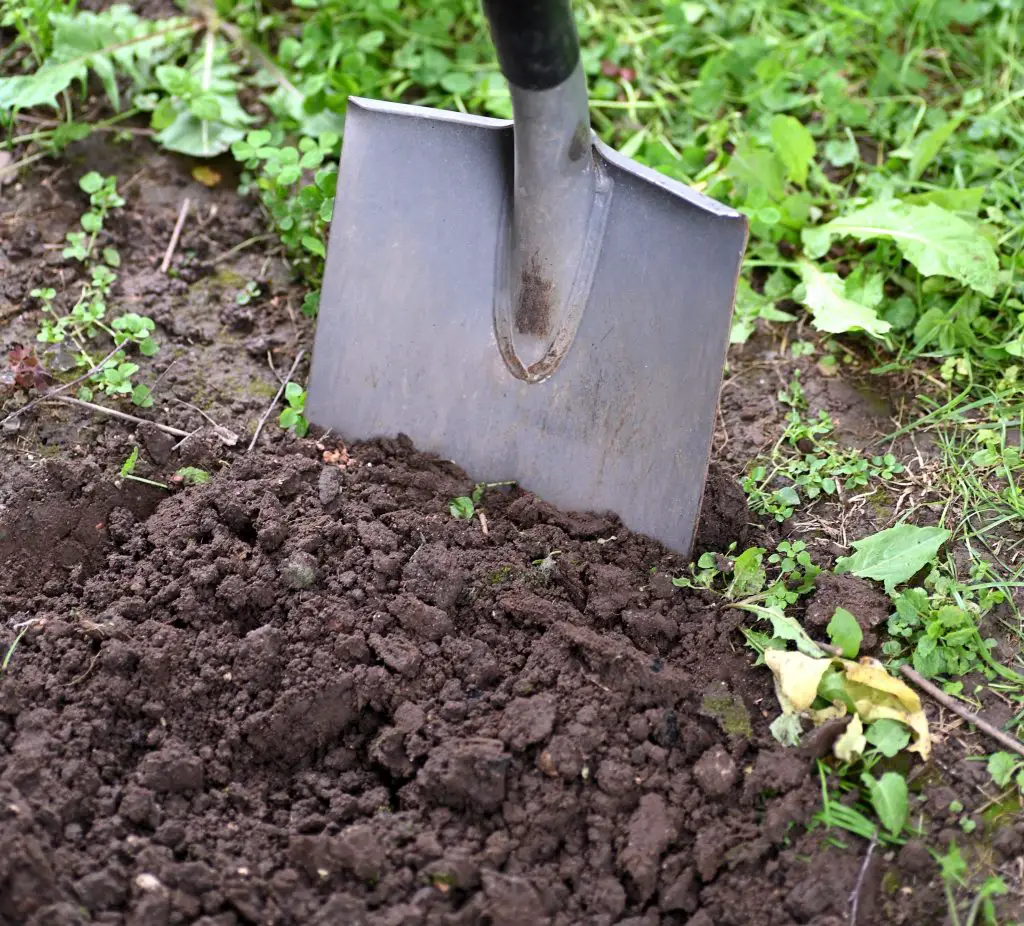
Side dressing
Side dressing is the sprinkling of dry fertilizer or compost around the plant’s base to provide additional fertilization during the growing season.
Slow-release fertilizer
Slow-release fertilizer comes in the form of pellets or granules that release nutrients into the soil based on the microbes’ activity, which depends on temperature and moisture.
Liquid seaweed
Just like the name suggests, it is a fertilizer derived from seaweed. The latter is collected, then left to ferment and breakdown in water to turn into a usable slurry.
Water-soluble fertilizer
Water-soluble fertilizer is a dry fertilizer that dissolves in water to be able to feed the plants.
Weather-related terms
Frost
Frost is the formation of ice particles on the surfaces.
Freeze
A freeze is when the temperatures drop to 32F (0C). There might be a frost with a freeze or not.
Hard freeze
There are three levels of freeze:
- A light freeze is when the temperatures are between 32F-29F (0C, -2C). It may kill tender plants.
- A hard freeze is when the temperatures are between 28F-25F (-3C, -4C). This one can kill a broader range of crops and plants.
- A Sever freeze is when the temperatures are below 24F (-5C). It can cause significant damage.
Drought
It is a prolonged period of low to no rainfall.
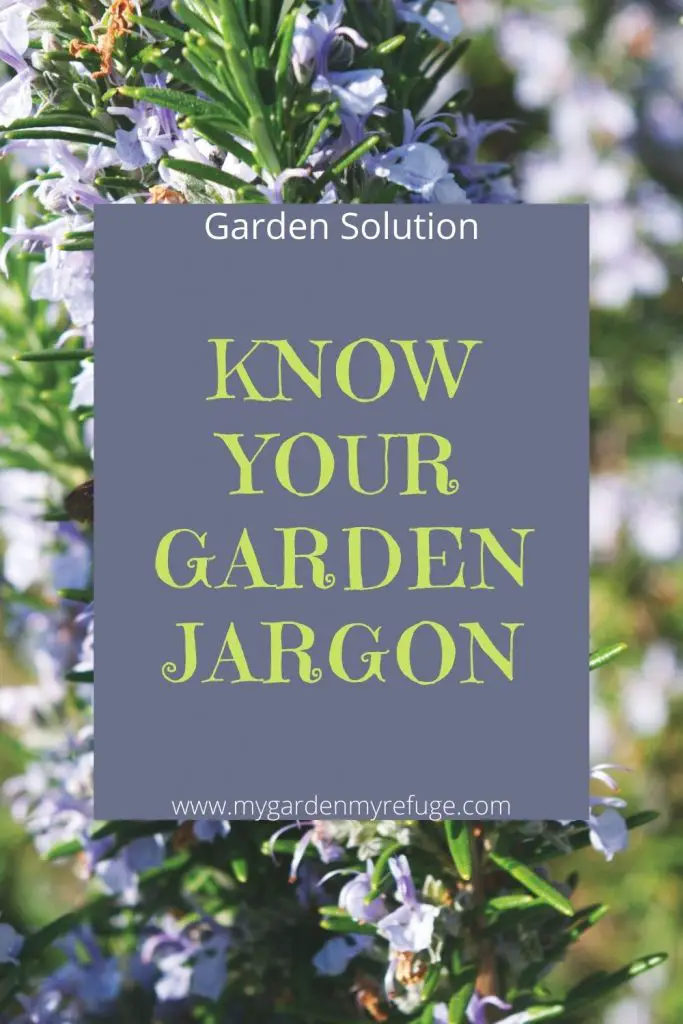
Sun exposure
Full sun
It is the direct exposure to sunlight for more than six hours.
Part sun or part shade
It is the exposure of four to six hours of direct sunlight.
Shade
It is the exposure of fewer than four hours to direct sunlight.
Dappled shade
Dappled shade is when the area has a mix of sun and shade exposure, most likely under a tree.

